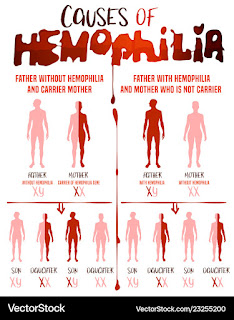Ear and kidney syndromes: Molecular versus clinical approach

apert syndrome gene :: Article Creator New Genetic Cause Of Intellectual Disability Potentially Uncovered In 'junk DNA' Scientists have uncovered a rare genetic cause of intellectual disability in a historically overlooked part of the human genome: so-called junk DNA. This knowledge could someday help to diagnose some patients with these disorders, the researchers say. An intellectual disability is a neurodevelopmental disorder that appears during childhood and is characterized by intellectual difficulties that impact people's learning, practical skills and ability to live independently. Such conditions affect approximately 6.5 million Americans. Factors such as complications during birth can trigger intellectual disabilities. However, in most cases, the disorders have an underlying genetic cause. So far, around 1,500 genes have been linked with various intellectual disabilities — but clinicians are still not always ...






